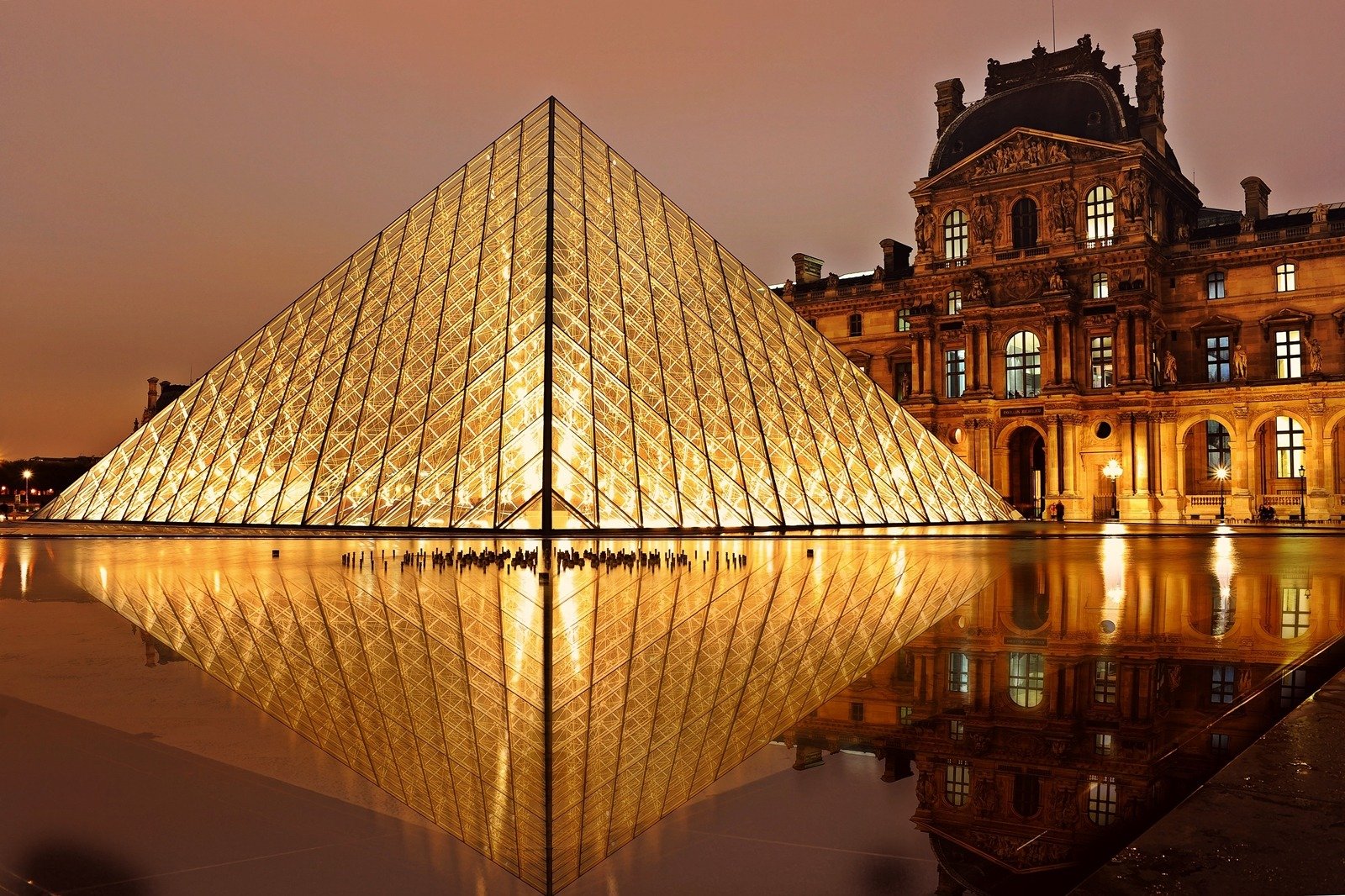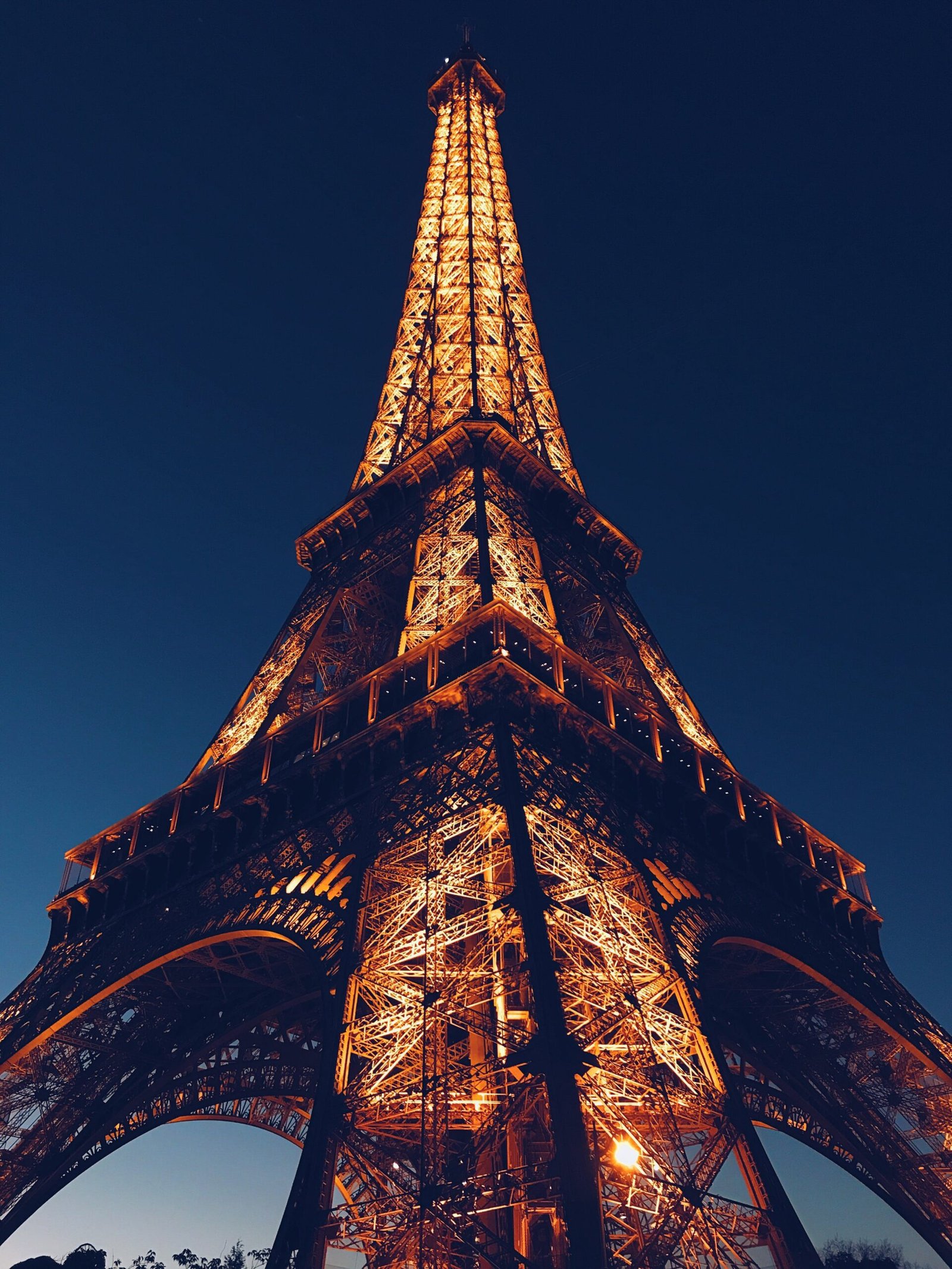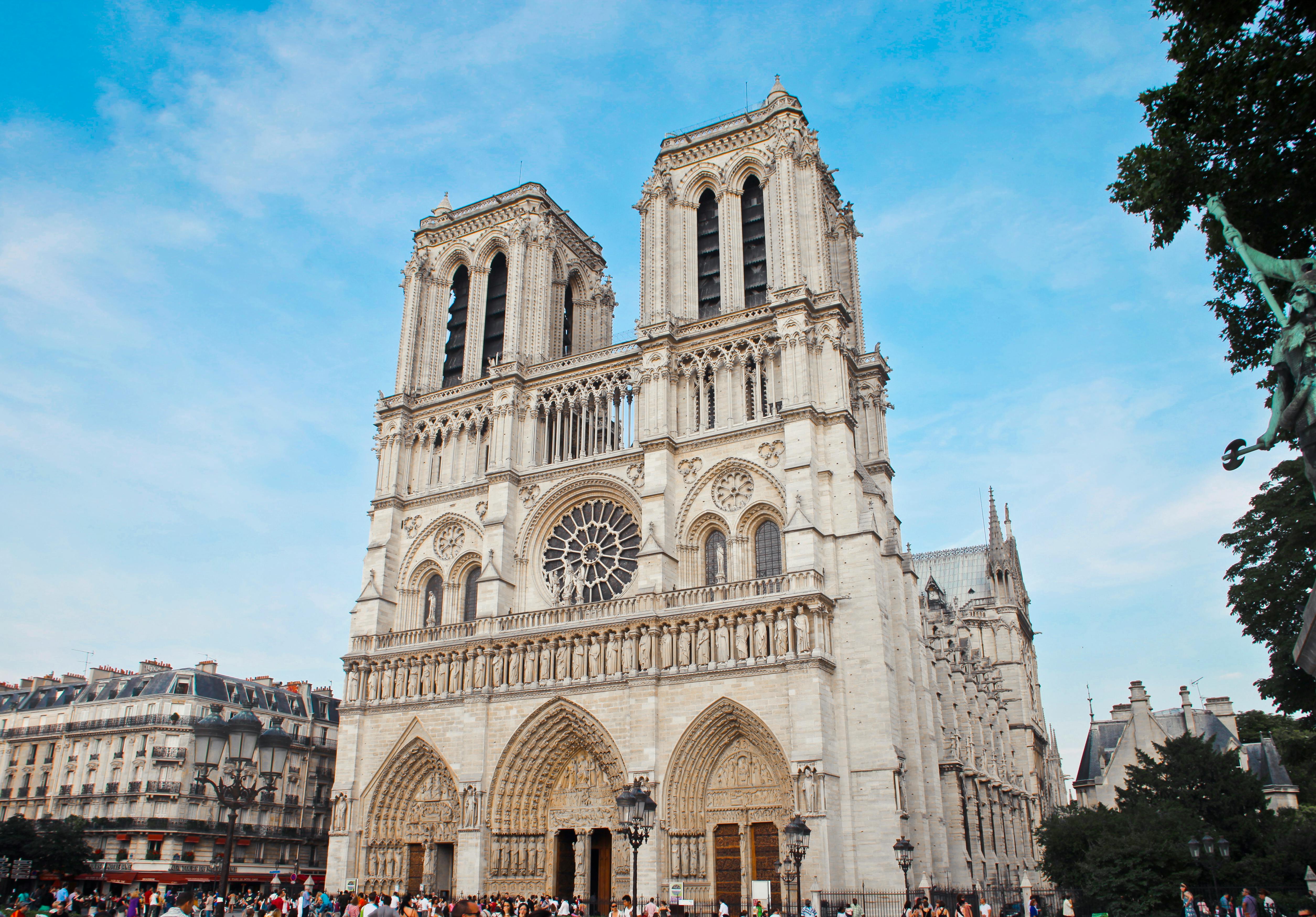Tour Eiffel
Imagine yourself standing at the base of the iconic Tour Eiffel, looking up at the iron lattice towering above you in the heart of Paris. As an adventure seeker, you’re constantly on the hunt for new travel destinations, and the Tour Eiffel has been on your bucket list for ages. This article is going to take you on a virtual journey, unveiling the history, architecture, experiences, and the fascinating trivia of the Tour Eiffel. Get ready to embark on an exciting expedition to one of the most recognized symbols of France.

Historical Background of the Tour Eiffel
The Eiffel Tower, or as the French call it, “Tour Eiffel,” is one of the most recognizable structures in the world. But have you ever wondered about its origin, controversies, and the initial purpose it served?
Construction and Inauguration
The construction of the Eiffel Tower commenced in 1887 and took over two years to complete. The inauguration ceremony took place on March 31, 1889. Gustave Eiffel, the engineer behind the ingenious design, ascended to the top of the tower, planted the French flag, and made history.
Purpose of Building the Eiffel Tower
The creation of this iconic landmark was a part of the 1889 Exposition Universelle (World’s Fair) held in Paris to celebrate the 100th anniversary of the French Revolution. The tower was initially built as the entrance archway for the exposition and was supposed to stand for only 20 years.
Controversies and Criticism
While it is cherished now, the Eiffel Tower was initially met with widespread outrage and criticism. Many believed it to be an eyesore that would tarnish the beauty of Paris, and a petition was even published to try and halt its construction.
Architectural Design of the Tour Eiffel
Behind every architectural marvel is a mastermind. For the Eiffel Tower, that was Gustave Eiffel.
The French Engineer behind the Tower
Gustave Eiffel, a French civil engineer, was the brain behind the eponymous tower. Though it was actually two of Eiffel’s employees, Maurice Koechlin and Émile Nouguier, who came up with the original concept, Eiffel bought the patent and is credited with its construction.
The Significance of the Design
The Eiffel Tower was a monumental achievement in architectural design. Its lattice iron structure, beautiful symmetry, and distinctive silhouette set it apart from all other structures of its time.
The Influence of Industrial Revolution
The tower was a tribute to the industrial age and the scientific progress of the late 19th century. The use of iron as a primary material reflected the industrial revolution’s impact on building construction.

Size and Structure of the Tour Eiffel
The magnificence of the tower can be directly attributed to its massive size and impressive structure. The size was unprecedented for its time, and it still remains an iconic example of iron architecture.
Height and Weight
Standing at an impressive 330 meters (or 1,083 feet) tall, the Eiffel Tower was the world’s tallest man-made structure until the completion of New York’s Chrysler Building in 1930. The tower weighs a whopping 7,300 tons!
Number of Steps and Floors
There are 1,710 steps leading up to the top of the tower, distributed across three levels open to the public. However, visitors can only climb steps up to the second floor, after which an elevator must be taken to reach the top.
Material Used in Construction
The tower is made primarily out of iron—18,038 individual pieces, to be exact, all held together by over two and a half million rivets!
Tour Eiffel At Night
Did you ever wonder how the Eiffel Tower transforms into a sparkling jewel at night? It’s all thanks to a meticulously planned lighting design.
Lighting and Illumination
The Eiffel Tower’s illumination at night is one of its most magnificent features. This spectacle is achieved with 20,000 light bulbs that twinkle for five minutes every hour on the hour once the sun sets till 1AM.
Iconic Symbol of Paris
The Eiffel Tower, especially when it’s shining at night, is the epitome of Parisian romance and elegance. It’s a beacon that truly symbolizes the ‘City of Lights.’
Special Occasions and Festivities
On special occasions, the Eiffel Tower takes on different colors to celebrate and commemorate events. For instance, it’s adorned with beautiful firework displays every Bastille Day.

Functions of the Tour Eiffel
The Eiffel Tower serves more purposes than merely being a pretty sight.
Tourist Destination
No trip to Paris is complete without a visit to the Eiffel Tower. With nearly 7 million visitors each year, it’s the most-visited paid monument in the world.
Communications and Broadcasting
Its height makes it an ideal spot for antennas, and it has been used for broadcasting signals since the beginning of the 20th century.
Scientific Experiments
In its early days, the tower was also used for numerous scientific experiments, notably Gustave Eiffel’s own studies of meteorology and aerodynamics.
Renovations and Preservation
The Eiffel Tower has been well maintained over the years, ensuring its longevity and safety.
Yearly Paint Job
The Eiffel Tower is given a fresh coat of paint every seven years to protect it from rust. Did you know that it has been painted different colors over the years, including yellow and red?
Safety Measures
With millions of visitors each year, safety is paramount. The site has gone through numerous renovations to enhance the safety measures, updating its elevators and adding fences and barriers.
Environmental Impact
With France’s leading role in combating climate change, efforts have been made to reduce the Eiffel Tower’s environmental footprint by installing energy-efficient lighting and wind turbines.

Tour Eiffel in Popular Culture
Words cannot do justice to the cultural significance of the Eiffel Tower. It’s an enduring symbol of France and its influence stretches far and wide.
Representation in Films and Literature
Be it romantic comedies, action flicks, novels, or poetry, the Eiffel Tower has been spectacularly represented in various forms of media. It has served as a symbol of love, strength, and the quintessential French spirit.
Musical Tributes
There are countless songs that pay tribute to the Eiffel Tower, penned by both French and international artists. The tower sways over the city of Paris like a rhythmic musical note, inspiring musicians for over a century.
Cultural Icon
The Eiffel Tower boosts France’s cultural prestige. It symbolizes French creativity, technological prowess, and their avant-garde spirit.
Visiting the Tour Eiffel
A visit to the Eiffel Tower needs careful planning to help create a memorable experience.
Getting There
You can reach the Eiffel Tower either by metro or by bus. The Bir-Hakeim metro station is the closest, located just a short walk away.
Ticketing and Pricing
Tickets can be purchased on-site or online to avoid long queues. Prices vary depending on whether you’re climbing or taking the elevator, and how high you wish to ascend.
Guided Tours
For a rich and informative experience, consider taking a guided tour. Guides provide insights into the tower’s history, architecture, and interesting anecdotes.

View from the Tour Eiffel
The captivating view from the Eiffel Tower is one of the prime reasons why it’s such a sought-after tourist destination.
The Cityscape of Paris
From the top, you can see a panoramic view of Paris, its sprawling cityscape dotted with other famous landmarks like the Louvre, Notre-Dame, and the Seine River.
Accessibility and Viewing Decks
All three levels of the tower are accessible to the public. The higher you ascend, the more breath-taking the view of Paris gets.
Photography from the Tower
A photo from the Eiffel Tower will be a crown jewel in your travel album. However, remember that the copyright law in France includes images of the Eiffel Tower taken at night when it’s lit.
Interesting Facts about the Tour Eiffel
To enhance your wonderment of the Eiffel Tower, let’s conclude with some interesting facts that you may find surprising!
Records and Achievements
When it was completed in 1889, the Eiffel Tower became the tallest man-made structure in the world – a record it held for 41 years. Today, it’s the tallest structure in Paris.
Hidden Aspects
Here’s a fun fact: Gustave Eiffel had a secret apartment at the top of the tower where he entertained esteemed guests!
Myths and Legends
Among the many myths and legends surrounding the tower, one has it that Gustave Eiffel chose to ignore the artists’ petition against the tower because he believed in his vision. His stance symbolizes the struggle between the traditional and the modern, which helped define the spirit of the time.
There you have it – a comprehensive outlook on the Tour Eiffel, a marvel that has stood the test of time and continues to inspire people all around the globe. A trip to Paris wouldn’t be complete without paying homage to this colossal symbol of French ingenuity.


